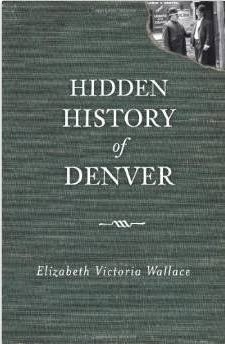
The Domesday Book reports that in 1086, Dedham had a population of over two hundred people and various livestock. The book was prepared by William the Conqueror after his invasion of England in 1066. His scribes were sent into the countryside to assess the population and livestock of each village so a tax could be levied against all the wealth in the land. So feared were the Britons of this inventory, they named the book after God’s final Day of Judgment.
Dedham and the surrounding towns are known as Constable Country after John Constable, the famous landscape painter. His beautiful paintings depicting the country scenes he loved so much adorn museums around the world.
John Constable so cherished this countryside that he wrote, “I love every stile and stump and lane…these scenes made me a painter and I am grateful…I had often thought of pictures of them before I ever touched a pencil.”
The son of a prosperous corn merchant, Constable was born in 1776 in East Bergholt, Suffolk, just across the border of Essex. His parents owned two mills; one at Flatford, the subject of one of his popular paintings and the other at Dedham. He attended the Grammar School in Dedham under the strict direction of Dr. Grimwood who was the Headmaster at the time. He was a good student by all accounts but prone to dreaming. His intellectual ability was expected to bring him a position in the church, but his love of sketching and painting everyday scenes took him in a different direction. Often he would take his father’s barge from the mill along the stream directly to school. We know from comments he made later that he noticed everything, “no two days are alike, not even two hours; neither were there ever two leaves of a tree alike since the creation of the world.”
In 1799, when he was twenty-three year old, Constable was accepted as a probationer in the Royal Academy Schools in London. His work was not considered particularly interesting but when he began his “six footers,” most notably The White Horse, a biographer remarked that Constable “was too large to remain unnoticed.”
The Sherman Home
Located across the road from St. Mary the Virgin church sits the Sherman home. It is good condition and still in use even today. At least six of the Sherman children emigrated to the United States of America between 1633 and 1640. They became the co-founders of Rhode Island, signatories of the Declaration of Independence, as well as becoming other notable dignitaries.

